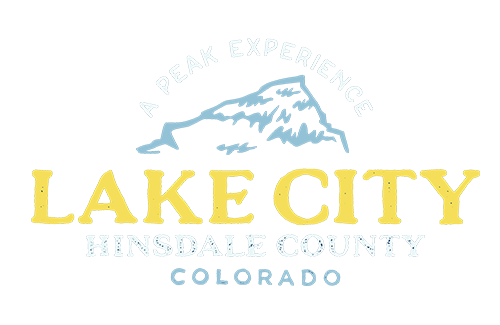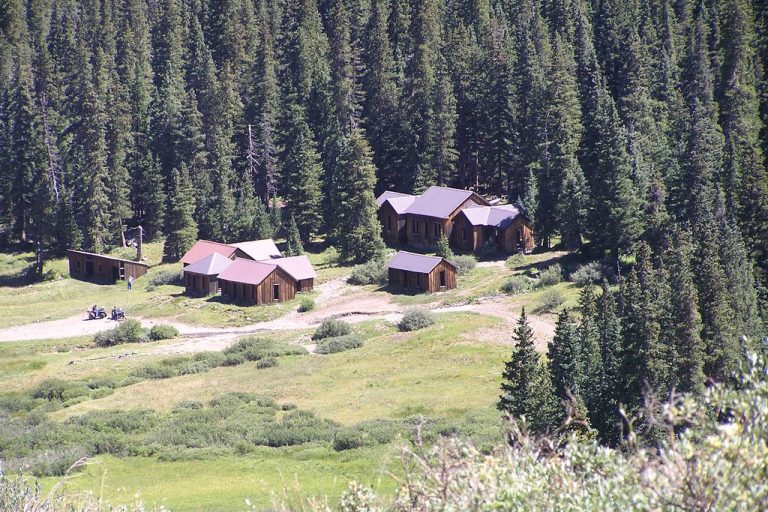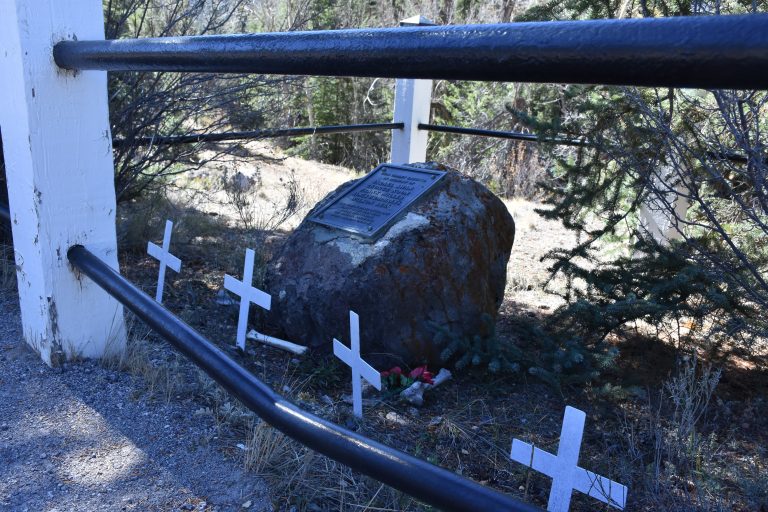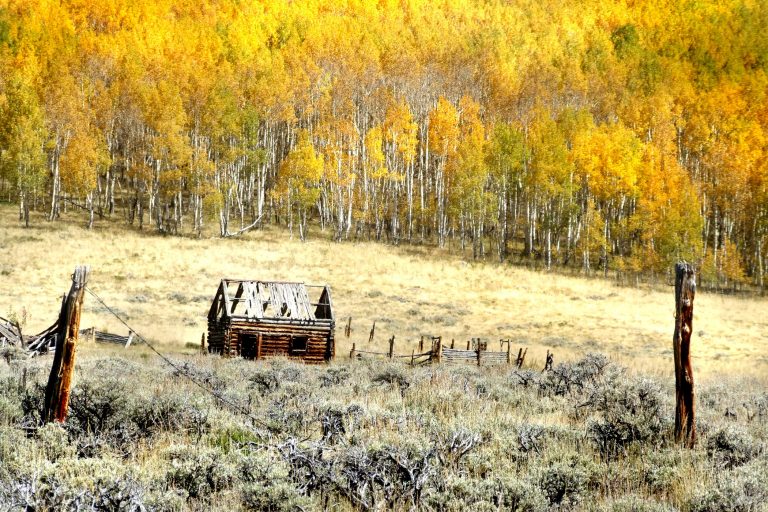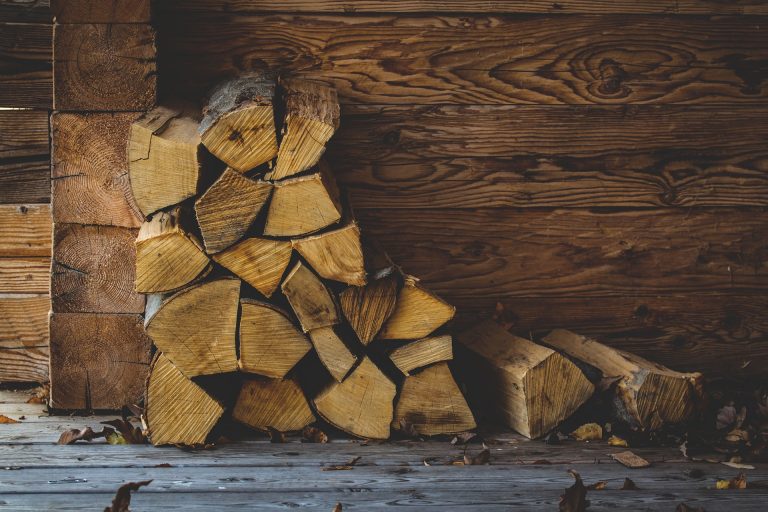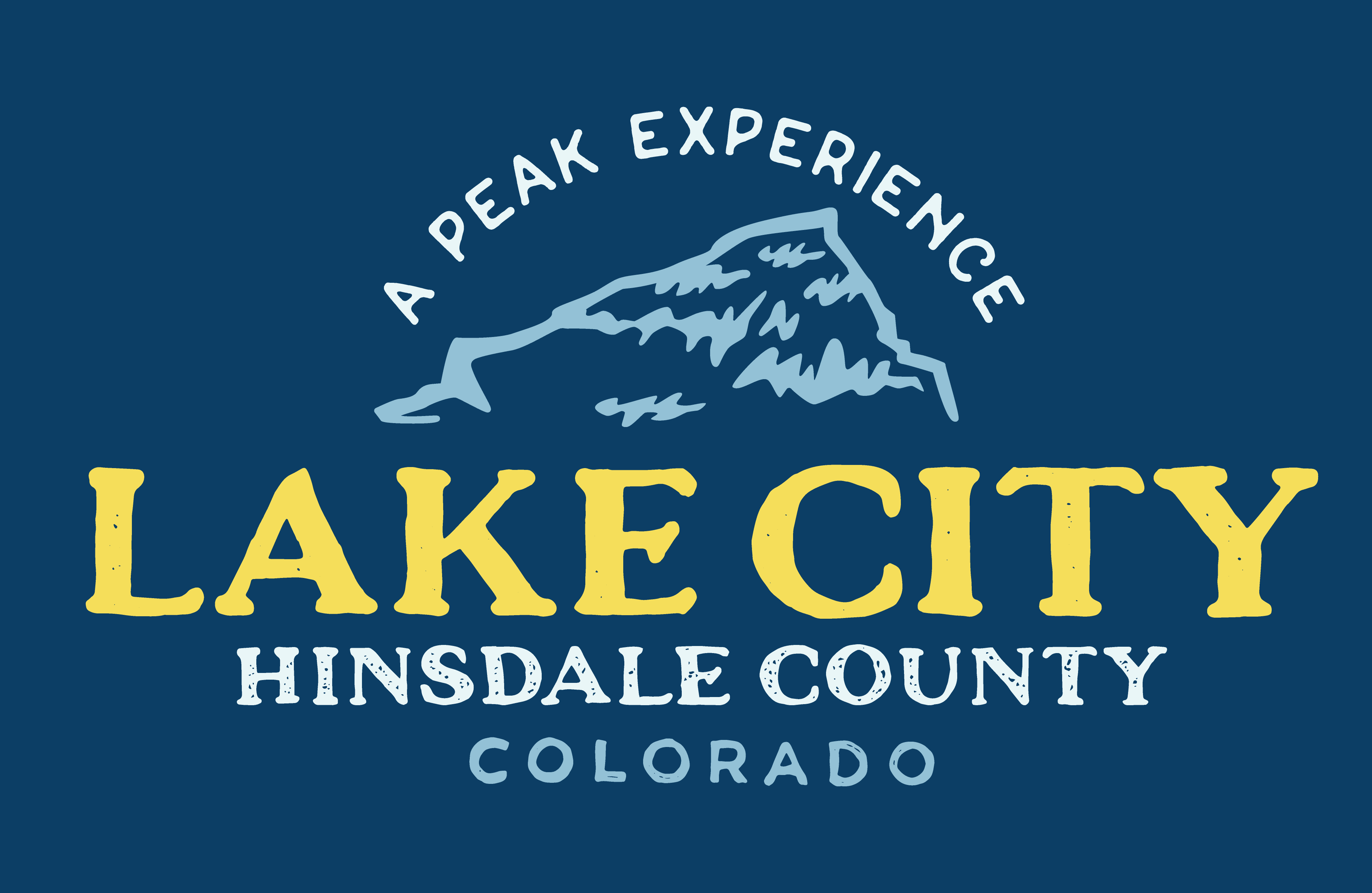Hidden Lake City: Outbuildings
Discover the endless possibilities of Lorem Ipsum!
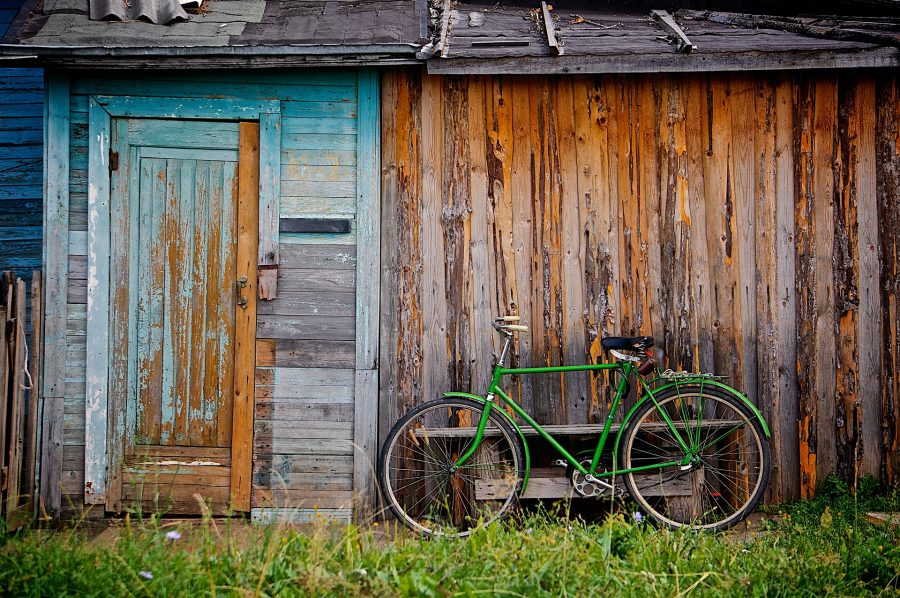
Hidden Lake City: Outbuildings
Tucked along the alleys behind Lake City’s historic houses are relics from an earlier style of life. Almost all material goods were shipped into Lake City, and still are even today. Residents have always had to make sure that essential supplies would be at hand, and that the things a family owned would be well cared for.
This practical side of life is evident in the outbuildings in the National Historic District. As you walk down the alleys, note the different types of structures, and imagine how they may have been originally used. Food such as milk, butter, cheese, and eggs could be acquired by keeping cows, goats, and chickens. These animals had to be housed to protect them from the weather and from predators. Look for smaller sheds and gabled buildings with a variety of door openings to allow small animals to get in and out.
Horses, donkeys, and mules provided transportation, pulled carts and carriages, and carried loads. Sometimes, they were used to pull plows or cut hay. The animals and the implements they pulled had to be protected by a shelter. Look for larger buildings that might have a set of double doors big enough to push a carriage through. Look for upper floors with openings where hay and feed could be placed for storage.
Without modern plumbing, residents built outhouses on their properties, usually located back toward the alleys. Look for smaller, closet sized buildings with a single door, sometimes standing alone and sometimes attached to a shed or barn. Imagine the hundreds of outhouses built here over the years, and you can see that the few that remain are rare examples, and are usually a point of pride for the current owner.
